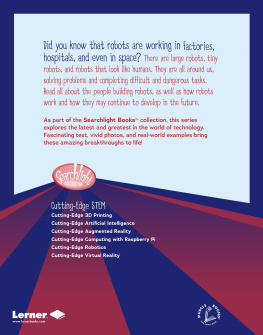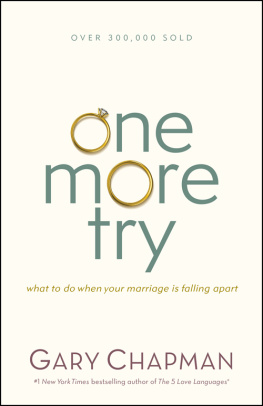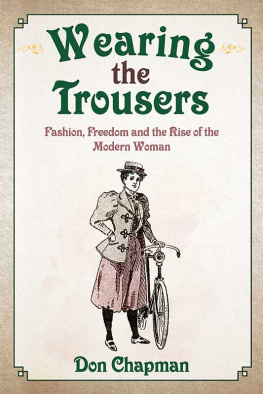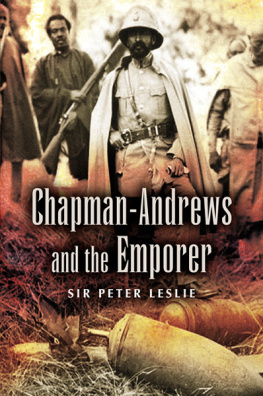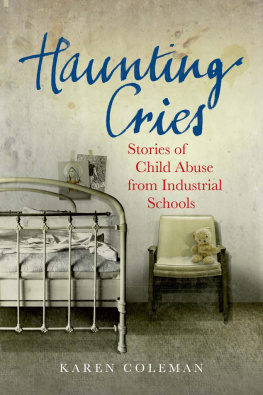First published in 1986 by
Tavistock Publications Ltd
This edition published in the Taylor & Francis e-Library, 2002.
1986 Karen Chapman
All rights reserved. No part of this book may be reprinted or reproduced or utilized in any formor by any electronic, mechanical, or other means, now known or hereafter invented, including photocopying and recording, or in any information storage or retrieval system, without permission in writing from the publishers.
British Library Cataloguing in Publication Data
A catalogue record for this book is available from the British Library.
ISBN 0-415-11941-3 (Print Edition)
ISBN 0-203-13561-X Master e-book ISBN
ISBN 0-203-17867-X (Glassbook Format)
Preface
Everybody experiences education in one form or another, and that is why, I believe, education is one of the most popular topics in sociology. The sociology of education is concerned not just with abstract theory but with the day-to-day experiences of thousands of pupils and teachers.
Education offers a rich and varied field for sociologists. All the sociological perspectives and methodological approaches are amply illustrated by education. Above all, education is accessible for study. Any student of the sociology of education has available ample opportunities to observe the process of schooling and even test out theories. Each chapter in this book ends with a range of activities which can be carried out with a minimum of resources, and will greatly aid comprehension of concepts and ideas.
A problem in writing this book has been that of selection. Since the Second World War, a vast range of research into education has been carried out. Almost weekly, as the book was in its various stages of preparation, new research was being published. Perhaps it is this constant development in the sociology of education which makes it such a fruitful field for the student. I hope I have selected those examples of research which best illustrate the main educational issues.
The central themes are the purpose and effects of education what it does to the millions of children who enter school at the age of five, how it turns them out at sixteen, or older; who decides what happens in schools. The character of education has changed immeasurably since the War but it remains the major socializing influence of children and determines their future lives. The sociology of education offers an analysis of this socialization process and a major contribution to an explanation of the persistence of social inequality.
For insights into the process of schooling, I should like to thank the students I have taught at St John Rigby Sixth Form College. Some sections of this book started life in hand-outs, and the criticisms of my consumers has been invaluable.
Karen Chapman
1
Post-war developments in education in Britain
Historical background to the 1944 Education Act
The 1944 Education Act is a convenient starting point for a book on the sociology of education because the educational experience of almost all of todays school children results from provisions of that Act.
Between 1880the start of compulsory education in Britain and the Second World War, successive governments had increased expenditure on education; the school leaving age had risen from 10 to 14 and many schools were built, but education was not regarded as a major area for reform or government intervention. However, when Britain entered the Second World War, recruits to the armed forces had to undergo ability testing on a large scale. These tests revealed the inadequacies of Britains education system, and raised the question of how the country would develop economically after the War was over. The government was forced to consider the quality of the existing education system.
Until 1944, the vast majority of children attended a single school, the elementary school, until the age of fourteen. Here they received elementary or basic instruction in literacy and numeracy, as well as practical skills considered suited to their future role as workers in industry or as domestic servants. Elementary schools were state schools, and were free. Most children who attended them received no more education after the age of fourteen. A minority of children attended private elementary schools. These, along with some children at state elementary schools, transferred at eleven to continue their education at secondary schools. The secondary schools were parallel to the elementary system and were fee-paying. These were called grammar schools. A proportion of places at grammar schools, about one third, were free to those who passed a competitive examination known as the Special Places Exam. This facility did allow some working-class children access to secondary education, but since any child could sit the examination, a large proportion of the places went to children from relatively well-off homes, middle-class children. The schooling system that existed served to divide children on social class lines.
The elementary schools had far worse resources and pupil-teacher ratios than the secondary schools. They were organized under separate, less strict regulations, and there was a wide variation in standards. A minority of schools might provide an education for their children similar to that found in present-day primary schools, encouraging creativity and individual expression. Most schools would not have been out of place in a Charles Dickens novel, with desks lined in military precision, automatic chanting of arithmetic tables, and the learning by heart of long epic poems.
At higher levels of education, opportunities for working-class youth were even more limited. It was estimated that less than 2 per cent of the population had the possibility of going to university. The 1930s was a period of cuts in public expenditure, so the expansion of education at all levels was restricted. In 1926 the Hadow Report had recommended that the school leaving age should be raised to fifteen and that secondary education should be free for all, but the cuts during the following economic depression prevented these recommendations from being implemented.
It was the experience of the Second World War which illustrated more vividly than any government report, the wastage of human resources which resulted from an inadequate education system. Army recruits were found to be extremely unhealthy and many were illiterate. Many more were found who, despite great talents, had been unable to proceed beyond elementary education because their families were in poverty. Michael Young, in his satire on education, The Rise of the Meritocracy, commented on the fact that each major reform of Britains education system had been preceded by wars, and wrote: Every child from an elementary school who became an officer in the Hitler war was an argument for educational reform (Young 1961).





